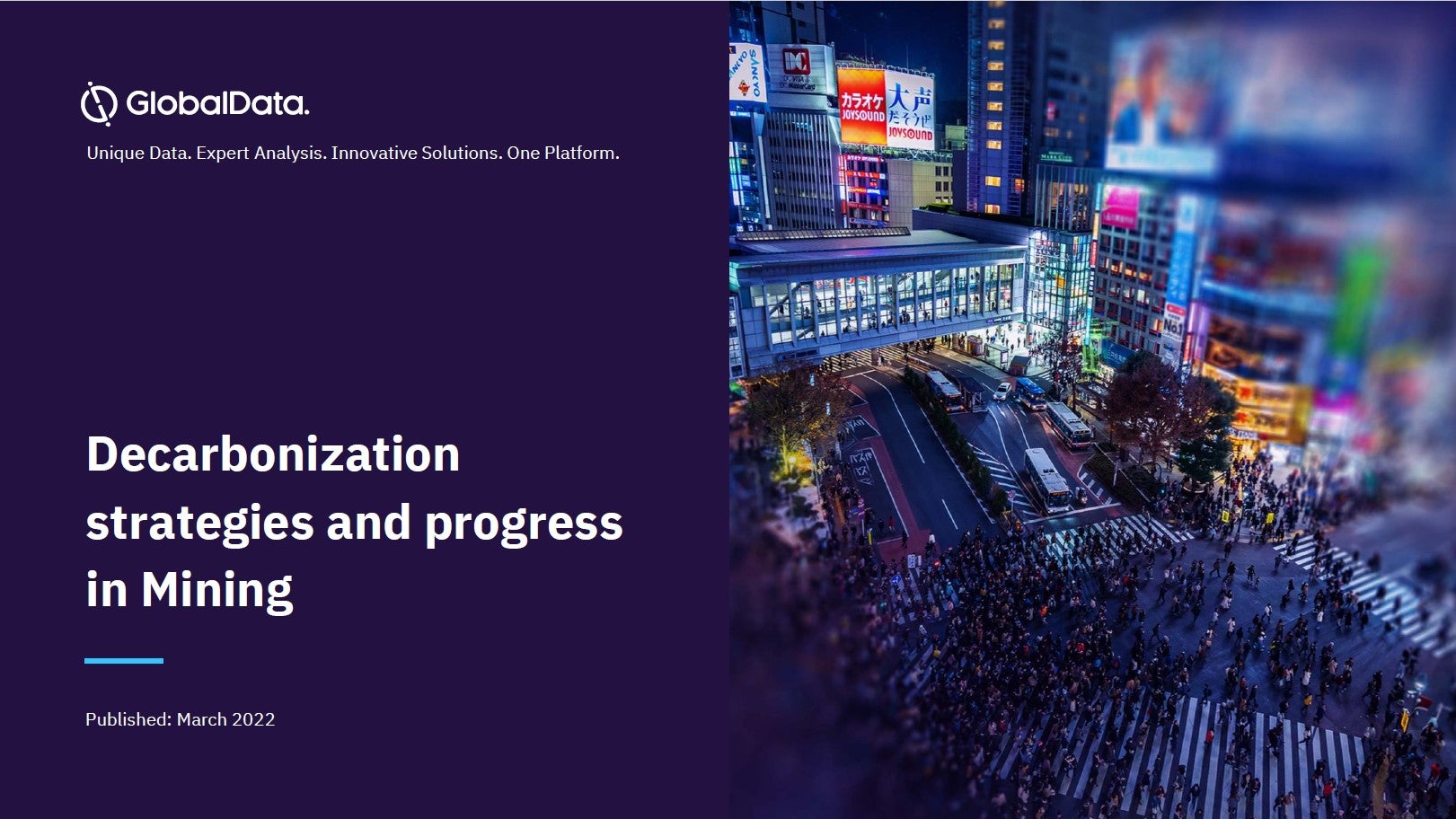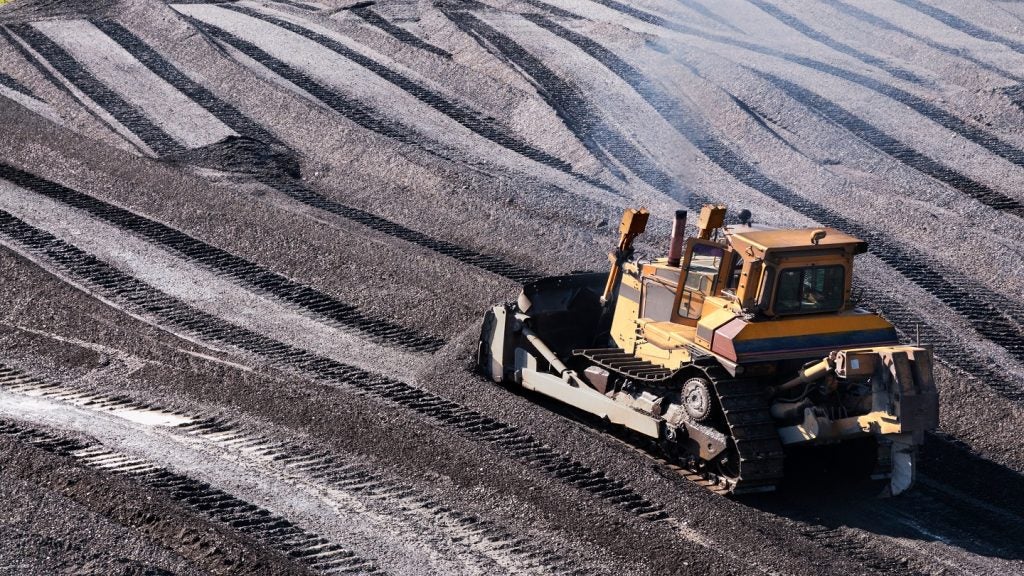
Renewable certificates at Rio Tinto’s Kennecott mine
On 1 May 2019, Anglo-Australian mining multinational Rio Tinto announced that it would reduce the annual carbon footprint associated with its Kennecott Utah copper mine by as much as 65%, by purchasing renewable energy certificates and permanently shutting its coal power plant.
The mine’s electricity needs will now be supplied with 1.5 million megawatt hours (MWh) of renewable energy certificates supplied by energy company Rocky Mountain Power, primarily sourced from its renewables portfolio in Utah and including wind power from Wyoming.
This latest decision follows other green initiatives at Kennecott, including the recycling of smelted scrap metal from its operations since 2005, through which the company processed more than 2.8 million pounds of copper in 2018.
“Rio Tinto is committed to playing a part in the transition to a low-carbon economy,” said Rio Tinto CEO Jean-Sebastien Jacques in a statement. “This move will significantly reduce emissions associated with our operations in Kennecott and allow us to offer customers copper, gold and silver with a reduced carbon footprint.
“The materials we produce, from infinitely recyclable aluminium and copper used in electrification to borates used in energy-efficient building materials and our higher grade iron ore product, all play a part in this transition to a low-carbon economy. Rio Tinto will continue to work with partners and customers to develop new sustainable solutions”.
How well do you really know your competitors?
Access the most comprehensive Company Profiles on the market, powered by GlobalData. Save hours of research. Gain competitive edge.

Thank you!
Your download email will arrive shortly
Not ready to buy yet? Download a free sample
We are confident about the unique quality of our Company Profiles. However, we want you to make the most beneficial decision for your business, so we offer a free sample that you can download by submitting the below form
By GlobalDataWind, solar, gas and batteries for Gold Field’s Angew mine
In June 2019, South African mining company Gold Fields announced its plans to predominantly operate its Agnew gold mine in Western Australia (WA) using renewable energy.
This move to renewable energy is in partnership with global energy group EDL and involves an AUD112m ($77.59m) investment in an energy microgrid combining wind, solar, gas and battery storage.
The project has also received support from the Australian Government with the, Australian Renewable Energy Agency (ARENA) contributing a recoupable AUD13.5m to the construction of the microgrid. Construction has already started for the development of the microgrid, which will be owned and operated by EDL.
“At Agnew we will be using instrumentation to detect approaching cloud cover for solar and, potentially in the future, detect changes in wind velocity,” Gold Fields Australia Executive Vice-President Stuart Mathews said. “Based on this data, the gas power station will have forward-looking systems in place to schedule gas generators in response to forecast changes in the renewable energy supply.”
The microgrid will be comprised of five wind turbines capable of delivering 18 megawatts (MW) of power, a 10,000-panel solar farm contributing 4MW and a 13MW/4MWh battery energy storage system. The grid will also be supported by a 16MW gas engine power station, and is expected to initially provide between 55% and 60% of the mine’s energy requirements.
100% renewable in Chile, Antofagasta Zaldívar mine
In June 2018, Chilean copper mining company Antofagasta signed an agreement with utility company Colbún to make the Zaldívar mine the first Chilean mine to operate with 100% renewable energy.
From 2020 the mine will be powered by a mix of hydro, solar and wind power producing 550 gigawatt hours per year, which is expected to remove emissions equivalent to 350,000 tons of greenhouse gases per year.
“This agreement continues our move to become a more sustainable mining operation, with clean energy reducing the emissions of gases that cause climate change. In addition, as a result of a competitive tender process, we have managed to reduce Zaldívar’s future energy costs,” explained Antofagasta CEO Iván Arriagada.
The agreement will take effect in July 2020 and last for ten years. In providing energy to the mine, Colbún will certify that the energy used by Zaldívar comes from renewable sources, and this certification will also be verified by an external body.
“The signing of this contract crystallises Colbún’s vision of contributing safe, competitive and sustainable energy to the productive development of the country, and allows us to advance the development of a value offer for our clients that is consistent with our strategy of increasing our renewable energy portfolio,” said Colbún CEO Thomas Keller.
A solar power array for Newmont’s Akyem
In September 2018, UK-based solar company Cambridge Energy Partners (CEP) announced that American mining corporation Newmont had deployed CEP’s Nomad mobile solar power array at the Akyem gold mine in Ghana.
The Nomad solar photovoltaic tracker is a redeployable and prefabricated solar generator, designed to be quickly deployed in scalable 30 kilowatt (kW) segments and is suitable for both small and large-scale projects. The energy generated by Nomad is also fully integrated into existing electrical networks, creating a ‘reliable and sustainable’ hybrid power system.
The Akyem mine is located in the Birim North District of Eastern Ghana, and produces around 450,000 ounces of gold annually. Newmont’s decision to deploy Nomad at the Akyem mine was to offset the energy demand from the mining operations and demonstrate lower-cost renewable electricity production.
“We are thrilled that Newmont shares our vision and is demonstrating our solar technology at the company’s Akyem operation in Ghana,” CEP CEO Tom Miller said.
“Our vision is to deliver lower-cost energy to all remote mining sites with our innovative prefabricated solar tracking technology. In addition, the mobility of our solar technology significantly mitigates the risks often associated with permanent solar installations.”
A solar-diesel hybrid for Zijin’s Bisha mine
In May 2017, UK-based power generation company Aggreko announced that it had signed a ten year deal to provide solar-diesel hybrid power to the Bisha mine in Eritrea owned by Chinese mining group Zijin.
Aggreko provides 22MW of diesel and 7.5MW of solar-generated power for the Bisha mine’s copper and zinc operations.
The hybrid power system deployed by Aggreko was developed at the company’s technology centre in Dumbarton and uses diesel generators considered to be the most efficient in the world. These generators are monitored using Aggreko’s Remote Monitoring telemetry to ensure optimum operational and fuel efficiencies.
Aggreko CEO Christ Weston outlined the solar-diesel hybrid power system: “Technology never stands still, and neither does Aggreko. Our mobile, modular power enables us to make a massive difference to the communities and industries we serve, and our solar-diesel hybrid offering is an example of an innovation that brings cost-effective, reliable, uninterrupted power with additional fuel flexibility to customers.”
Hybrid solar-battery generation at Gold Fields’ Granny Smith
Aggreko has also provided hybrid power systems to a number of mining operations around the world, including the Gold Fields-owned Granny Smith gold mine in WA.
In February 2019, Aggreko was contracted to create a hybrid solar-battery generation system to power the Granny Smith mine, following a partnership to explore the possibilities of renewables at the mine in June 2018.
This hybrid system is one of the world’s largest renewable energy microgrids, powered by more than 20,000 solar panels and backed up by a battery system with a capacity of 2MW. The microgrid is expected to reduce the mine’s fuel consumption by up to 13%, the equivalent of removing 2,000 cars from the road, and produce about 18GWh of clean energy annually.
This development is the second time Aggreko has been contracted to improve operations at Granny Smith, with the company replacing the existing diesel power station at the mine with a natural gas-fuelled engine station in 2016. The hybrid system will be integrated with the 24.2MW already generated by the natural gas engine station.
Construction of the microgrid commenced in May 2019, with Gold Fields expecting the hybrids power system to be operational by the fourth quarter of 2019.








